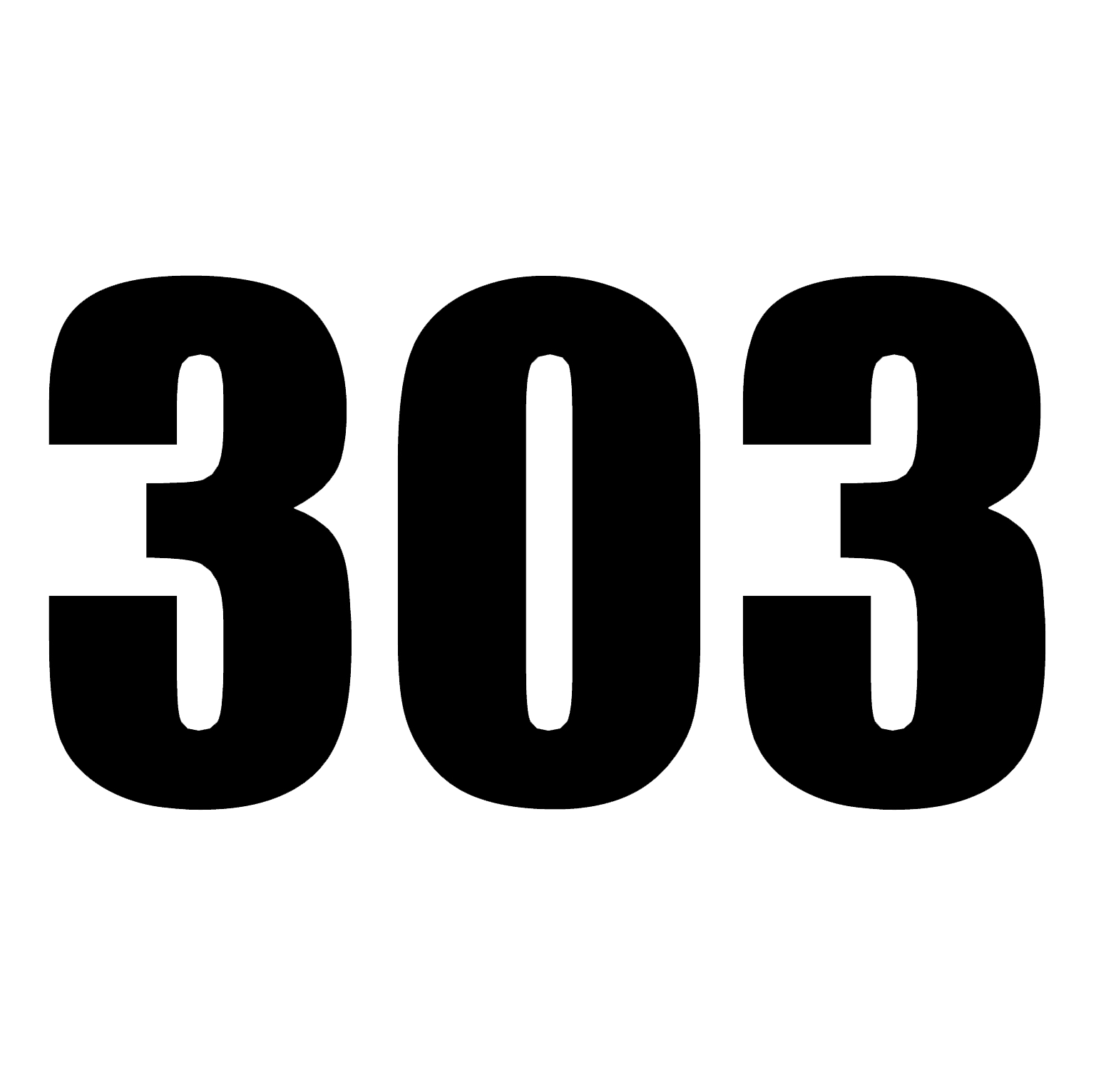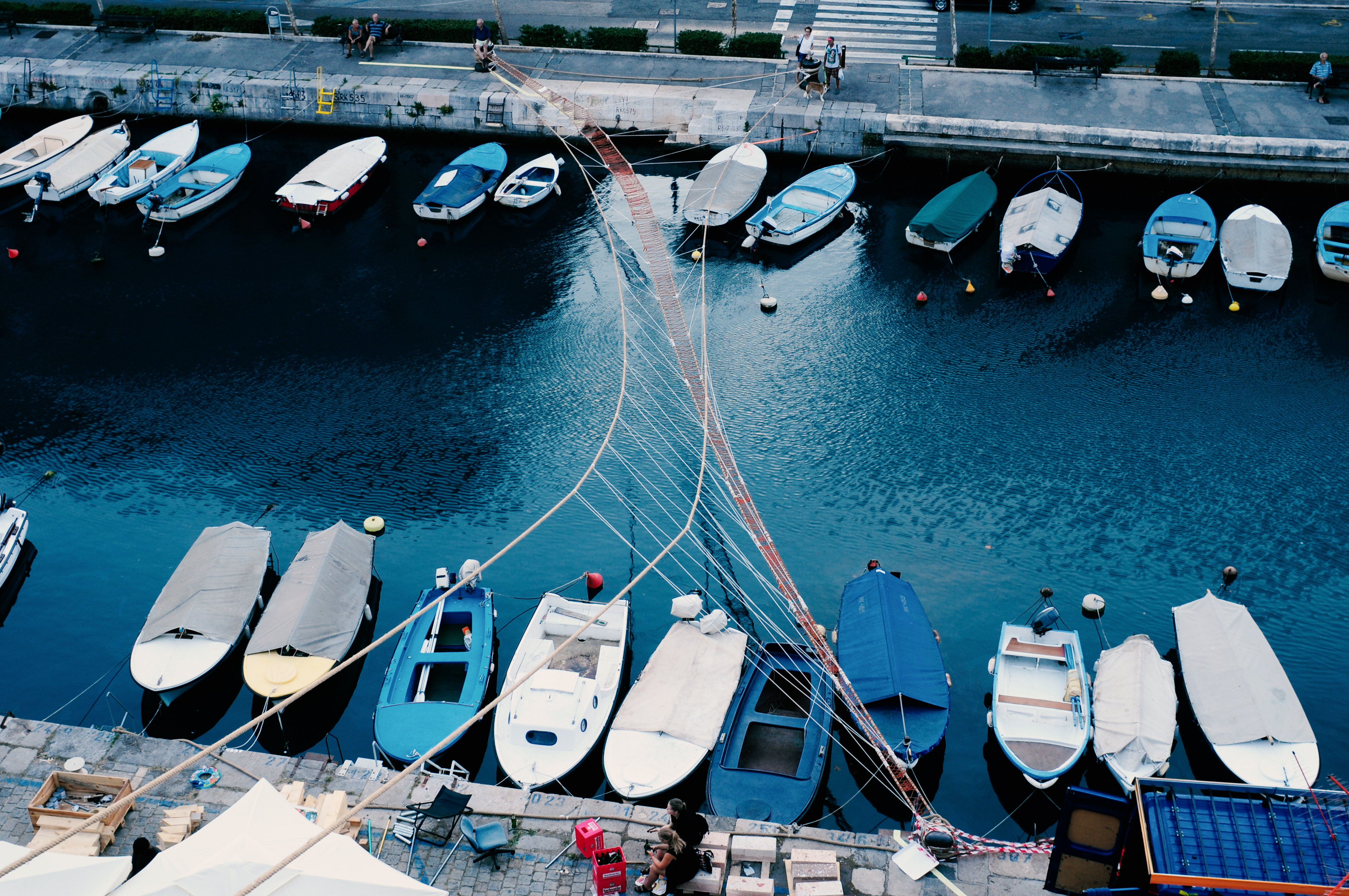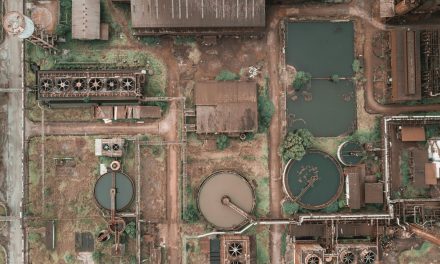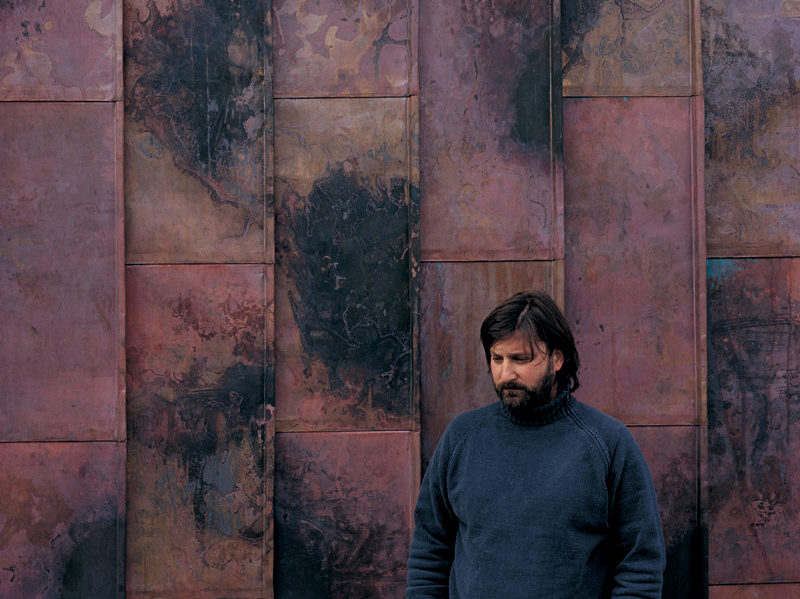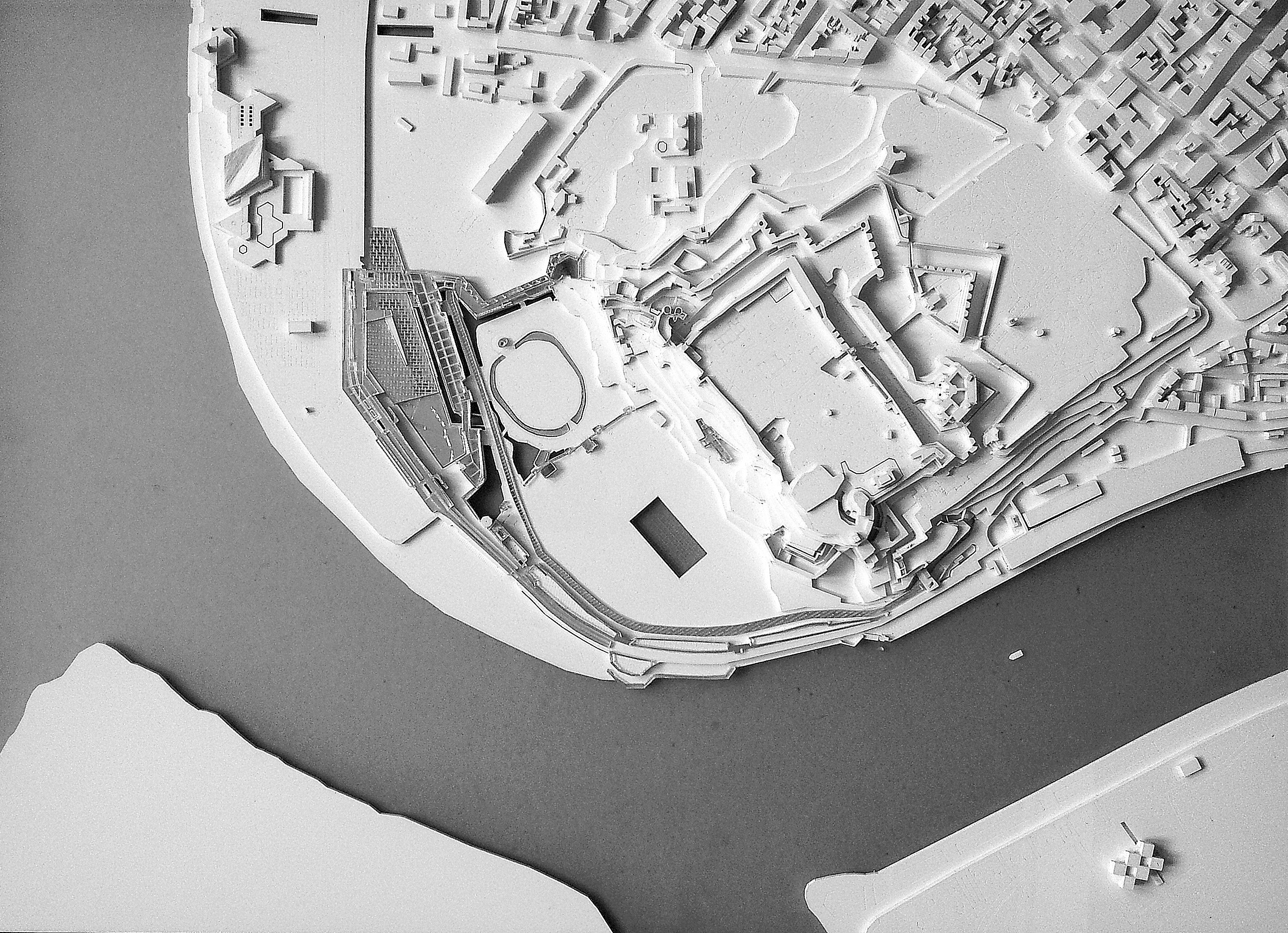Concept
The Suspense workshop was held during the two-week Summer School of Architecture EASA in Rijeka. It was conceptualised as a temporary spatial intervention, which by introducing different conditions and relationships, had the aim of promoting an overall reformation of this specific Rijeka’s area.
From the very beginning, the workshop offers some uncertainty. Her participants, together with their mentors, were tempted to project and realize the hanging bridge over the Dead Canal of river Rječina in Rijeka.
The city itself was the inspiration for main material selection. Rope is characteristic local, harbor material. A Dead Canal, about twenty meters wide, was successfully spanned with a structure made exclusively out of hand-tightened and tied ropes.
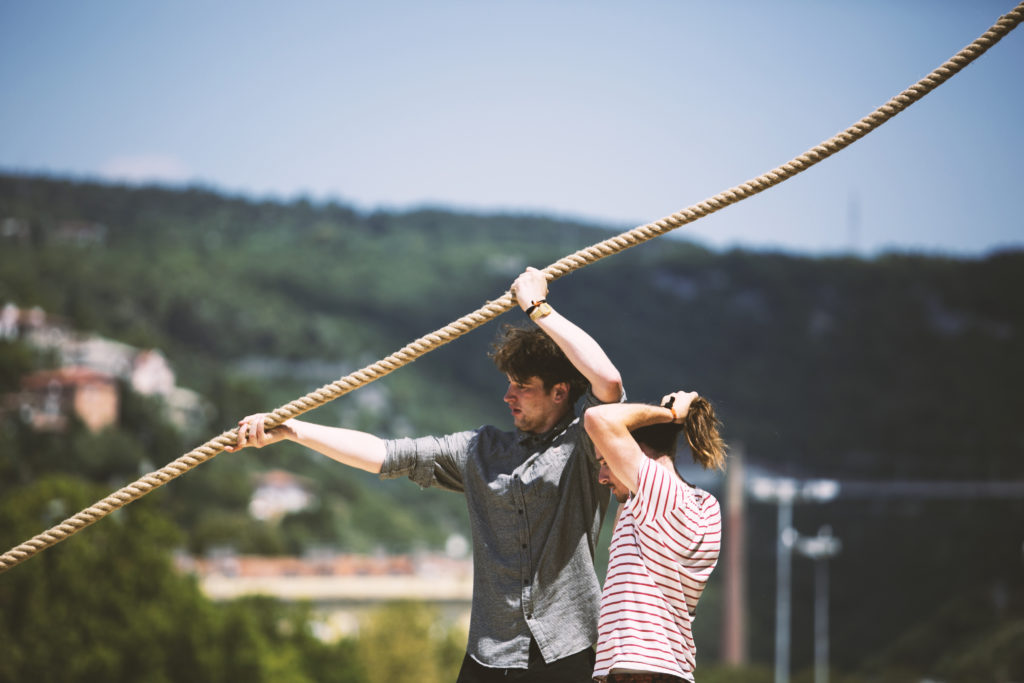
Process
The aim of the Suspense workshop was to explore possibilities of creating new conditions and relations in the Rijeka’s cityscape. This was achieved through building an ephemeral structure in the form of a pedestrian bridge. The entire newly created image was intended to inspire locals and suggest potential connection between the vibrating old town and abandoned industrial zone.
The methodology of work was mainly based on trial and error approach, and it emerged through a constant brainstorming, perceiving the concept of motion, testing of tension and stress and finally, through questioning of the relationship between the structure and the city. Furthermore, methodology related to the comprehensive understanding of the material and the ways of “tightening up” of the structure.
In a broader sense, this action dealt with the concept of motion in terms of historical, social, spatial and morphological cityscape layers. Trough this process we expressed the elusiveness of these layers in shifted conditions of distortion that we created and perpetuated.
The workshop is structured through several topics which refer to the movement – movement of people, as well as movement in architectural structures, as a tool to define relations and multiply the perception of a city and its nature. Working method was developed through precise, small-scale interventions, which created new, temporary conditions.
All results were achieved through effective teamwork and participants were expected to be involved in the entire process – from concept development, to direct placement of structures, impact studies and documentation.
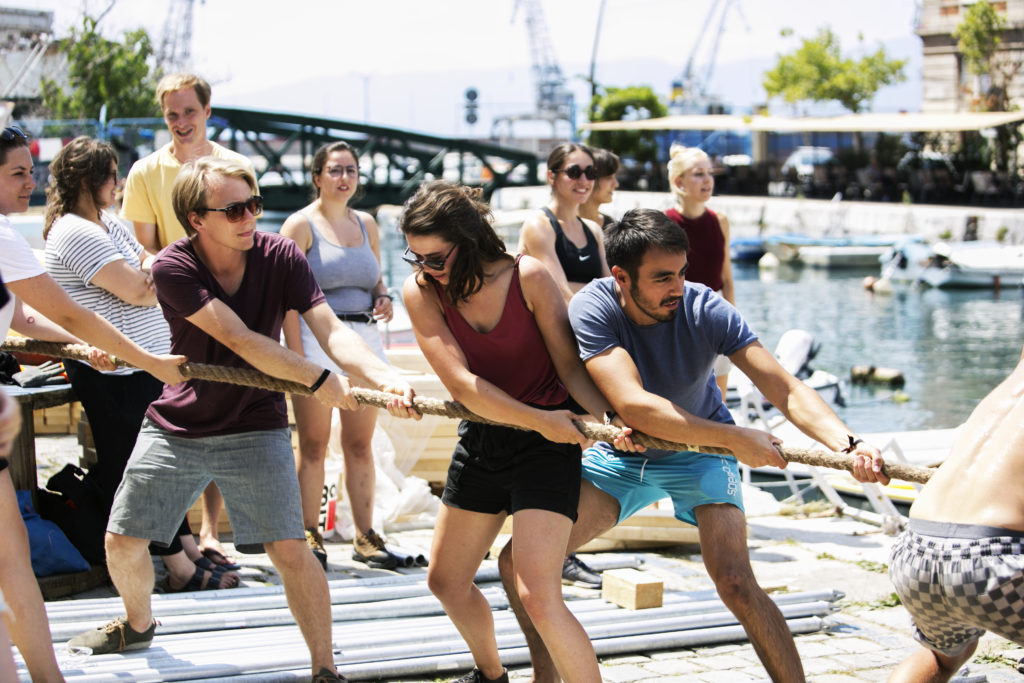
RE:EASA context
Relation to this year’s RE:EASA theme was reflected through the primary aspiration to create new conditions and relationships, reconstructing already existing ones. We can say that those new conditions in many ways re:defined the given context. A specific methodology for the realization of structures has been developed and used, and it served as a medium for creating new scenarios in Rijeka’s city area. All in all, this workshop dealt with producing of suspended structures that could be considered as organic flows in terms of disturbing static nature of existing spaces and their content.
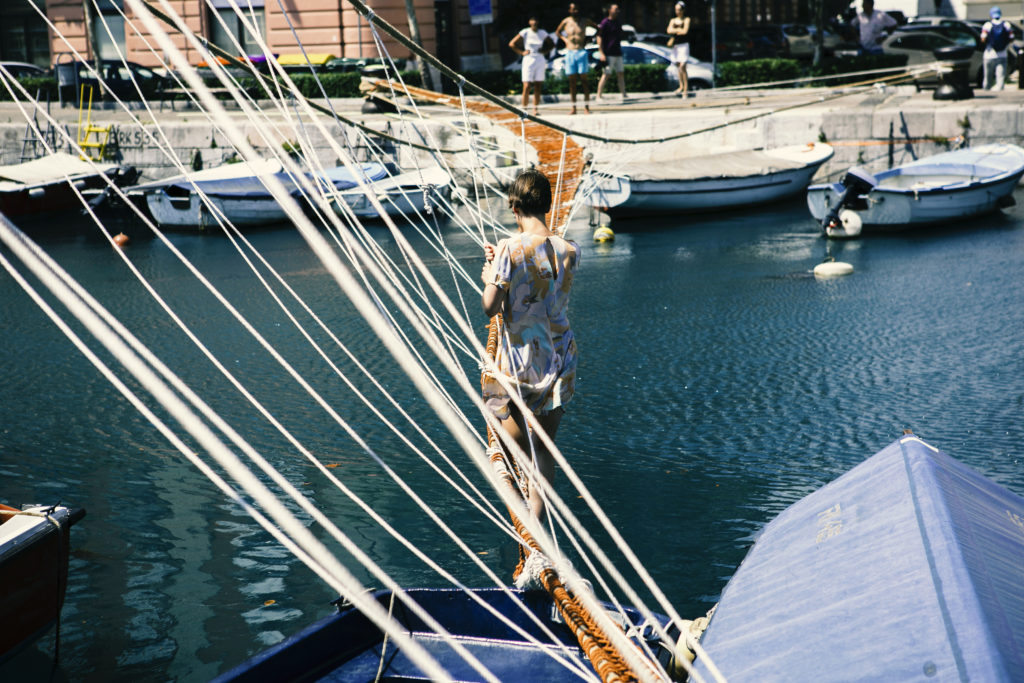
Outcome
The aim was to create new conditions in the cityscape of Rijeka, by exploring the dynamic nature of it. Therefore, the expected and realized outcome was to produce specific conditions and distort the existing relations-as well as to create new ones-for instance connecting the National theatre square with the new avant-garde theatre in Export Drvo. The change that occured is both, captivating and phenomenal.
The expected outcome is achieved on three levels: physical (ephemeral suspended structures as a tool which we conceptualised, created and produced), perceptive (shape, rhythm, movement – through which we questioned the concept of motion) and theoretical (making a shift in understanding the static nature of architecture). When referring to this concrete context, we were also interested in particular flows of public space, which are obvious and organic, but physically nonexistent… yet.
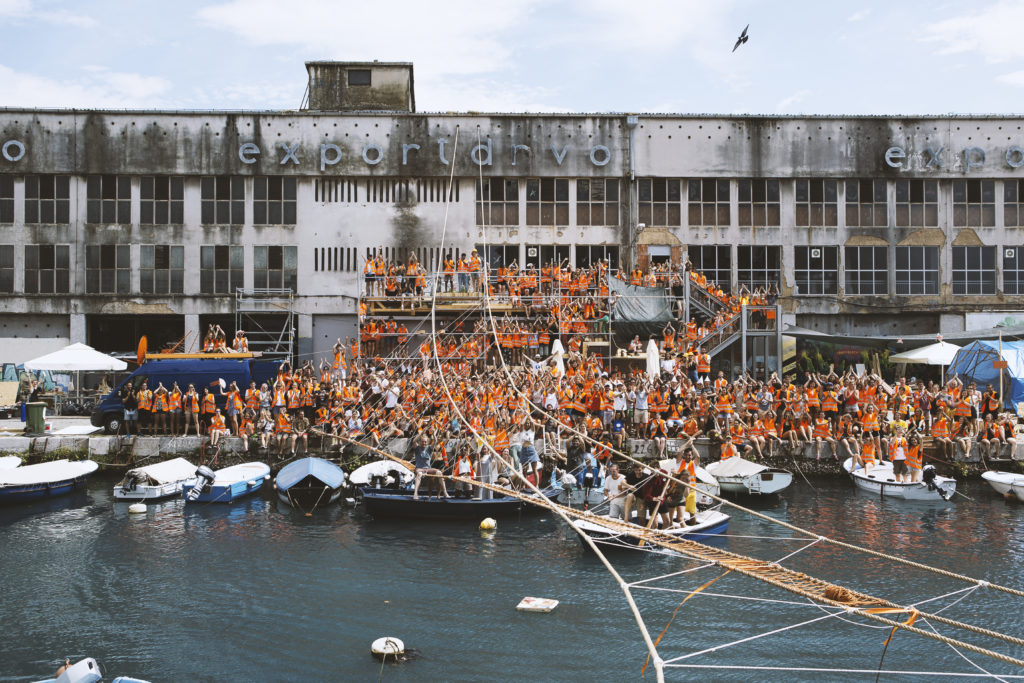
Follow the official workshop presentation here.
Keywords: suspense, suspended structures, flows, flux, motion, stream, cityscape layering, uncertainty, experiment
Tutors: Dušan Stojanović, Marina Urošević
Workshop helper: Miloš Jokić
Participants: Andrejs Sokolovs (Latvia), Arya Kaushik (India), Barbora Výborová (Czech Republic), Beatrice Aimée (Italy), Dominika Jenčova (Slovakia), Eddie Sardeng (Lichtenstein), Jack O’Hagan (Ireland), Jade Apack (France), Jakob Schmitt (Germany), Jay Kiernan (Ireland), Jiaqi Wang (Italy), Kateryna Rybenchuk (Ukraine), Maija Malmivaara (Finland), Maruša Mali (Slovenia), Roman Hartmann (Ireland), Sara Delgado (Spain), Sara Stojkanović (Montenegro)
Special thanks to Pavle Stamenović, who participated in the creation of the initial concept of the workshop.
Text: Marina Urošević, Dušan Stojanović
Photos: Alexandra Kononchenko, Jakob Schmitt (gallery)
